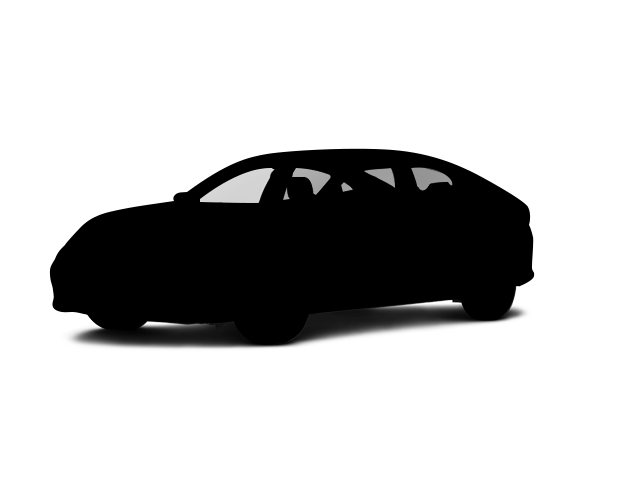© 1999 - 2025Advanta-STAR Automotive Research, all rights reserved. This vehicle comparison and all of the content in it are provided only by license from Advanta-STAR Automotive Research Corporation of America (“Advanta-STAR”). If you are not a legally licensed user of this vehicle comparison, it is against federal law to access it, copy it, forward it, or use it in any manner whatsoever. Any unauthorized use of this vehicle comparison is a violation of U.S. and international law and is punishable criminally and civilly. Removal of this watermark/notification without prior written license and approval received from Advanta-STAR is an agreement, understanding, and/or stipulation by the person(s), entities, agents, attorneys, and any other persons involved in the removal of this watermark/notification (including but not limited to Search Optics, LLC and any and all parent entities, sister entities, and subsidiary entities of Search Optics, LLC and/or any other entity, agent, attorney, and persons related in any manner to Search Optics, LLC) to: 1) an agreed upon amount of liquidated monetary damages of a minimum of $1,250,000.00 US Dollars in favor of Advanta-STAR; 2) the jurisdiction and enforcement of any legal claims associated with this matter asserted by Advanta-STAR in the United States Federal District Court in Portand, Oregon; and 3) service of process of any legal claims asserted by Advanta-STAR associated with this matter may be accomplished by First-Class Postage by the United States Postal Service or comparable service. XPYNN-M34HG 2a06:98c0:3600::103 2025/04/29
The Continental GT has active sway bars, which help keep it flat and controlled during cornering, but disconnect at lower speeds to smooth the ride and offer greater off-road suspension articulation. This helps keep the tires glued to the road on-road and off. The M8 doesn’t offer an active sway bar system.
The front and rear suspension of the Continental GT uses air springs for a smoother, controlled ride than the M8, which uses coil springs. Air springs maintain proper ride height and ride more smoothly.
The Continental GT offers an available adjustable active suspension system, which counteracts cornering forces actively, limiting body roll and improving handling and stability. BMW doesn’t offer an active suspension on the M8.
The Continental GT has a standard automatic front and rear load leveling suspension to keep ride height level with a heavy load or when towing. The Continental GT’s height leveling suspension allows the driver to raise ride height for better off-road clearance and then lower it again for easier entering and exiting and better on-road handling. The M8 doesn’t offer a load leveling suspension.
For a smoother ride and more stable handling, the Continental GT’s wheelbase is longer than on the M8:
| |
Continental GT |
M8 |
| Coupe |
112.2 inches |
111.3 inches |
| Convertible |
112.1 inches |
111.3 inches |
For better handling and stability, the track (width between the wheels) on the Continental GT is 1.9 inches wider in the front and .7 inches wider in the rear than the average track on the M8.
The Continental GT’s front to rear weight distribution is more even (50% to 50%) than the M8’s (52.9% to 47.1%). This gives the Continental GT more stable handling and braking.
For better maneuverability, the Continental GT’s turning circle is 2.9 feet tighter than the M8 Competition Coupe’s (37.1 feet vs. 40 feet). The Continental GT’s turning circle is 5.2 feet tighter than the M8 Gran Coupe’s (37.1 feet vs. 42.3 feet).


